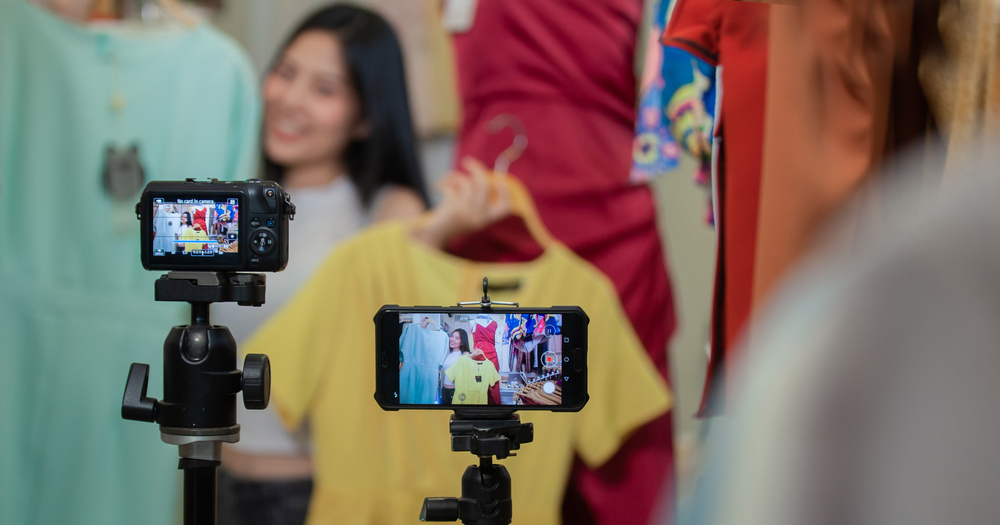Online shopping has naturally exploded with the pandemic, offering a multitude of very practical solutions to consumers. Live shopping is one of the major trends that have resulted from this success.
The advent of live shopping
Live shopping is not new. First introduced with TV shopping shows in the 1980s, it has been a revolution in the retail world with a permanent approach to live selling.
Today, television has given way to social buying, with applications offering brands better engagement than television. Social networks are also ideal platforms to support the entire customer journey, from product discovery to after-sales service.
Today’s live-stream shopping uses the same levers as those of TV, with a format halfway between entertainment and shopping. Thus, many brands collaborate with influencers or celebrities, who contribute to make the experience fun, memorable and above all interactive. Fans have the opportunity to interact with each other, ask questions and get advice from someone they admire.
Live is one of the most engaging organic formats for brands to date because of its authenticity. It offers a more personal experience to consumers connected from their phones or tablets. Real-time interactivity recreates the sense of urgency of in-store shopping, encouraging immediate action and increased community participation. Live also allows brands to engage in conversation with their audience and extend their reach beyond a specific geographic area.
The opportunities of live shopping are therefore immense for brands, as the figures show…
A long-term trend
Covid-19 has driven millions of consumers to increase their interactions with online merchants and brands. Many will continue to do so long after the pandemic is over.
In 2019, already, more than a third of Chinese online shoppers made live purchases. China’s live e-commerce market was estimated to be worth 56 billion euros that year, which is equivalent to nearly 9 percent of China’s total estimated e-commerce market.
And since, live shopping is slowly gaining ground in the United States and other parts of the world. Amazon, for example, has launched Amazon Live, which includes a series of fitness, makeup and cooking shows. Facebook, meanwhile, is developing live shopping tools, while Shopify and TikTok have announced a business partnership that allows merchants to deploy live video ads on TikTok that drive traffic to their Shopify stores.
Thus, for the brands, the observation is without appeal. Betting on live shopping is becoming an obvious choice, as social networks are gradually becoming the space where brands can strengthen the engagement, trust and loyalty of their customers, while generating revenue.





